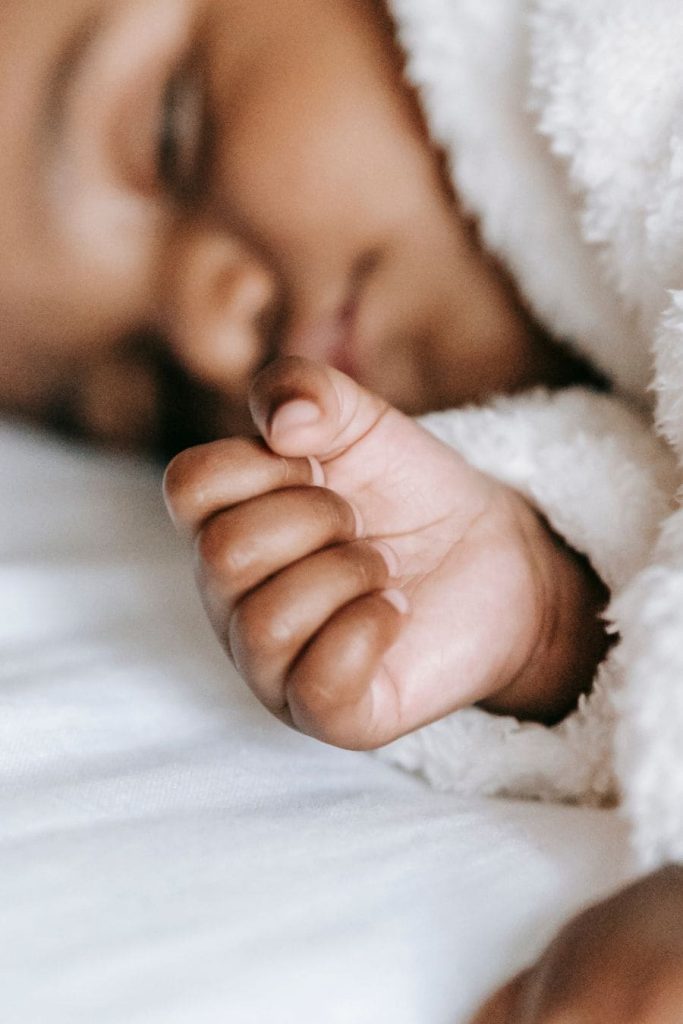Sleep windows are periods of time during which a baby is naturally more likely to fall asleep or need sleep. These times are influenced by the baby's circadian rhythm and need for rest, which varies throughout the day. During these sleep windows, the baby may show signs of sleepiness, such as yawning, rubbing the eyes or becoming more inactive.
A baby typically has several sleep windows throughout the day, which vary in length and frequency depending on their age and circadian rhythm. Newborns may have shorter and more frequent sleep windows, while older babies may have longer and less frequent sleep windows. For example, a newborn may need to sleep every 1-2 hours, while a 6-month-old baby may have sleep windows of 2-3 hours at a time.
The length of sleep windows can vary depending on the baby's age and other individual factors, but can generally last from about 30 minutes to a couple of hours. It is important to observe your baby's sleep cues and respond to them by offering the opportunity to sleep when needed, either through a short nap or a longer sleep.
If a baby's sleep windows are not respected, he or she may become irritable, have difficulty falling asleep or wake more frequently during the night. This is because the baby may be overtired or overstimulated, making it difficult for him or her to relax and sleep soundly. Respecting your baby's sleep windows can help prevent overtiredness and promote better sleep both during the day and at night.
It is recommended to start establishing a sleep routine for your baby from the first weeks of life, although most babies do not develop a regular sleep pattern until 3-6 months of age. This involves creating a sleep-friendly environment, establishing regular sleep and wake times, and following a series of soothing activities before bedtime to help babies associate bedtime with relaxation and rest.
To create a sleep routine for a newborn, set a fixed bedtime and follow a series of relaxing bedtime activities, such as bathing and reading a bedtime story. Keep the room quiet and dark.
Frequent awakenings in babies may be due to the need to feed, changes in their sleep cycle, discomfort or sleep problems. Identifying the cause can help to address this problem.
Signs of sleep regression:
- More frequent nocturnal awakenings.
- Difficulty falling asleep.
- Changes in usual sleep patterns.
- Increased irritability during the day.
- Need for more comfort to go back to sleep.
Behavioural observation:
- Monitor the duration and frequency of nocturnal awakenings.
- Record changes in sleeping and waking habits.
- Pay attention to signs of drowsiness and fatigue during the day.
Assessment of other factors:
- Consider the context, such as changes in the baby's environment or routine.
- Ruling out other possible causes of sleep problems, such as illness or physical complaints.
Sleep regression may begin at different times for different babies, but usually occurs around the following age periods:
- Approximately 4 months old.
- Around 8-10 months.
- Between 12 and 18 months.
- Around 2 years of age.
Babies often experience several sleep regressions during their first year of life. Although it varies from individual to individual, it is common for at least three major regressions to occur at the following times:
- Around 4 months.
- Between 8 and 10 months.
- Between 12 and 18 months.





